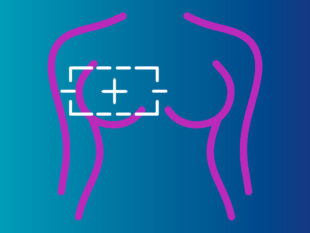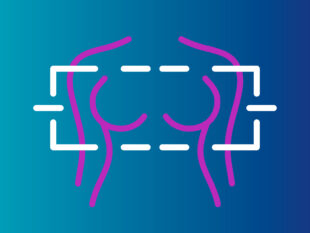Education & Training

Join leading breast radiologist, Sarah Friedewald, M.D. for an engaging discussion on 3D guided... Show more
Join leading breast radiologist, Sarah Friedewald, M.D. for an engaging discussion on 3D guided biopsy. This "Breastalk"web series is presented by Hologic ASEAN and South Asia.

Join leading breast radiologist, Linda Greer, M.D. for an engaging discussion on synthesized 2D... Show more
Join leading breast radiologist, Linda Greer, M.D. for an engaging discussion on synthesized 2D mammography and digital breast tomosynthesis. This "Breastalk"web series is presented by Hologic ASEAN and South Asia.

Join leading breast radiologist, Regina Hooley, M.D. for an engaging discussion on efficacy in... Show more
Join leading breast radiologist, Regina Hooley, M.D. for an engaging discussion on efficacy in diagnosis with digital breast tomosynthesis. This "Breastalk"web series is presented by Hologic ASEAN and South Asia.

Join leading breast radiologist, Nila Alsheik, M.D. for an engaging discussion on implementing... Show more
Join leading breast radiologist, Nila Alsheik, M.D. for an engaging discussion on implementing contrast enhanced digital mammography. This "Breastalk"web series is presented by Hologic ASEAN and South Asia.

Cuales son los principios y aplicaciones con tomosintesis en la región y los beneficios de esta... Show more
Cuales son los principios y aplicaciones con tomosintesis en la región y los beneficios de esta solución.
Facultad: Dra. Vivian Schivartche

Generalidades y principios técnicos. Cono hacer el protocolo clínico. Casos y... Show more
Generalidades y principios técnicos. Cono hacer el protocolo clínico. Casos y evidencias. La experiencia en América Latina con la mamografía con contraste
Facultad: Dra. Patricia Villa

Que es la técnica, indicaciones y la forma de proceder para revisar biopsia bajo tomosintesis con... Show more
Que es la técnica, indicaciones y la forma de proceder para revisar biopsia bajo tomosintesis con sistema affirm
Facultad: Dr. Javier Rodriguez Lucero

Join leading breast radiologists, Khai Tran, M.D., National Consortium of Breast Centers,... Show more
Join leading breast radiologists, Khai Tran, M.D., National Consortium of Breast Centers, President-Elect, and Margarita L. Zuley, M.D., FSBI, Society of Breast Imaging, Immediate Past President, for an engaging discussion, hosted by Hologic, featuring leading society perspectives on key learnings, insights and best practices for the resumption of breast imaging during the COVID-19 pandemic. You will have the opportunity to submit questions in advance and engage with your peers as we discuss current challenges and learnings as you resume screening.

Join leading breast radiologists, Dr. Sally Friedewald, Dr. Stamatia Destounis, and Dr. Regina... Show more
Join leading breast radiologists, Dr. Sally Friedewald, Dr. Stamatia Destounis, and Dr. Regina Hooley for a dynamic discussion, hosted by Hologic, on re-establishing breast health services in light of the COVID-19 pandemic. You'll have the opportunity to submit questions in advance and engage with your peers as we discuss new challenges and considerations for the future.

Listen in for a discussion on techniques for delivering stereotactic breast irradiation and updated... Show more
Listen in for a discussion on techniques for delivering stereotactic breast irradiation and updated ASTRO guidelines on hyperfractionated APBI, along with a comprehensive clinical data review.
Presented by Dr. Asal Rahimi

Dr. Lisa Mullen and Dr. Mehran Habibi, both of Johns Hopkins, present an overview of traditional... Show more
Dr. Lisa Mullen and Dr. Mehran Habibi, both of Johns Hopkins, present an overview of traditional and new localization options for patients who are undergoing Breast Conserving Surgery (lumpectomy) or excisional biopsy and share their clinical experiences. The benefits of various wire and non-wire localization technologies with a focus on ways to improve workflow and maximize efficiencies are discussed.

This video demonstrates a sentinel lymph node biopsy. The patient had Grade 2 invasive ductal... Show more
This video demonstrates a sentinel lymph node biopsy. The patient had Grade 2 invasive ductal carcinoma at 1 ocl where clinical exam did not reveal the mass. In this example, the surgeon uses a TruNode™ Single-use Gamma Probe System.
Presented by Dr. Linda Han
Page 5 of 7
